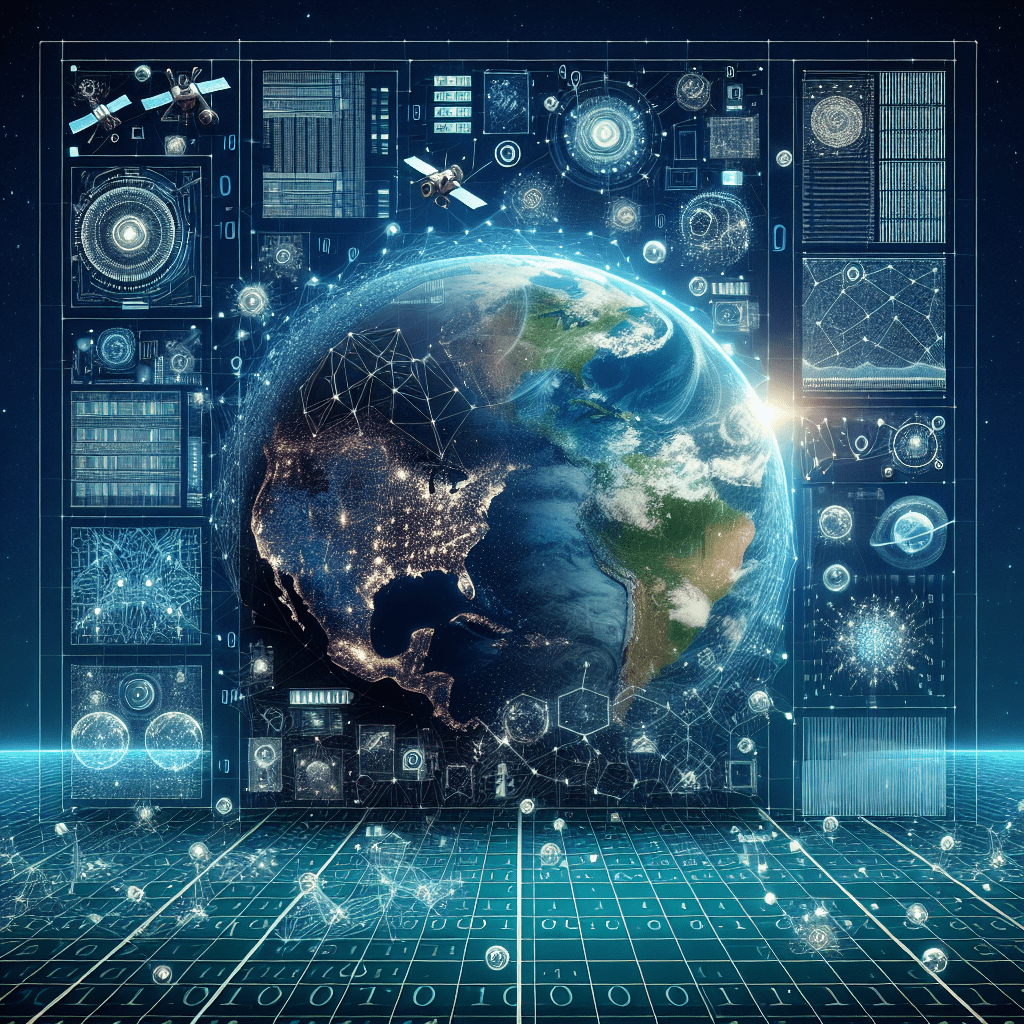Deep learning software is revolutionizing the field of artificial intelligence, breaking barriers that were once thought to be insurmountable. With advances in technology and the increasing availability of data, AI researchers and developers are finding new and innovative ways to apply deep learning algorithms to solve complex problems and improve existing systems. In this article, we will explore the future of AI and how deep learning software is reshaping the way we interact with technology.
Understanding Deep Learning Software
Deep learning software is a subset of machine learning that uses artificial neural networks to simulate the way the human brain processes information. These neural networks are composed of layers of interconnected nodes that process data and make predictions based on patterns identified in the input. By training these networks on large datasets, deep learning software can learn to recognize patterns, make decisions, and improve their accuracy over time.
One of the key advantages of deep learning software is its ability to handle unstructured data, such as images, videos, and text, which traditional machine learning algorithms struggle to interpret. This makes deep learning particularly well-suited for tasks like image recognition, speech recognition, natural language processing, and autonomous decision-making.
Breaking Barriers with Deep Learning
Deep learning software has already made significant breakthroughs in a variety of fields, from healthcare and finance to transportation and entertainment. For example, in healthcare, deep learning algorithms are being used to analyze medical images and detect diseases like cancer with greater accuracy and speed than human experts. In finance, deep learning is being applied to algorithmic trading and fraud detection to improve efficiency and security. In transportation, deep learning software is powering self-driving cars, enabling them to navigate complex environments and make split-second decisions to avoid accidents.
As deep learning software continues to evolve, we can expect to see even more remarkable applications in the future. From personalized medicine and predictive analytics to smart cities and virtual assistants, the possibilities are endless. By harnessing the power of deep learning, we can unlock new insights, enhance decision-making, and transform industries in ways we never thought possible.
The Future of AI
Looking ahead, the future of AI is bright and full of promise. As deep learning software becomes more sophisticated and capable, we can expect to see greater automation, personalization, and intelligence in the systems and devices we interact with every day. From virtual reality and augmented reality to robotics and IoT, AI will play a central role in shaping the way we live, work, and play.
However, with great power comes great responsibility. As AI becomes more integrated into our lives, we must ensure that it is used ethically and responsibly. This means considering issues like data privacy, bias, and transparency in the design and deployment of AI systems. By addressing these challenges proactively, we can empower AI to achieve its full potential while minimizing the risks and drawbacks associated with its adoption.
Conclusion
Deep learning software is breaking barriers and opening up new possibilities in the field of artificial intelligence. By leveraging the power of neural networks and big data, AI researchers and developers are pushing the boundaries of what is possible, creating intelligent systems that can learn, adapt, and evolve in ways that were once unimaginable. As we look to the future, the potential for AI to transform industries, improve lives, and drive innovation is limitless. By embracing the opportunities that deep learning software offers, we can shape a future where AI enhances human capabilities and creates a better world for all.
FAQs
What is deep learning software?
Deep learning software is a subset of machine learning that uses artificial neural networks to simulate the way the human brain processes information. These neural networks are composed of layers of interconnected nodes that process data and make predictions based on patterns identified in the input.
How is deep learning software different from traditional machine learning?
Deep learning software is able to handle unstructured data, such as images, videos, and text, which traditional machine learning algorithms struggle to interpret. This makes deep learning particularly well-suited for tasks like image recognition, speech recognition, natural language processing, and autonomous decision-making.
What are some applications of deep learning software?
Deep learning software has been applied to a variety of fields, including healthcare, finance, transportation, and entertainment. Examples include medical image analysis, algorithmic trading, self-driving cars, and virtual assistants.
Quotes
“The future belongs to those who believe in the beauty of their dreams.” – Eleanor Roosevelt
#Breaking #Barriers #Deep #Learning #Software #Future


